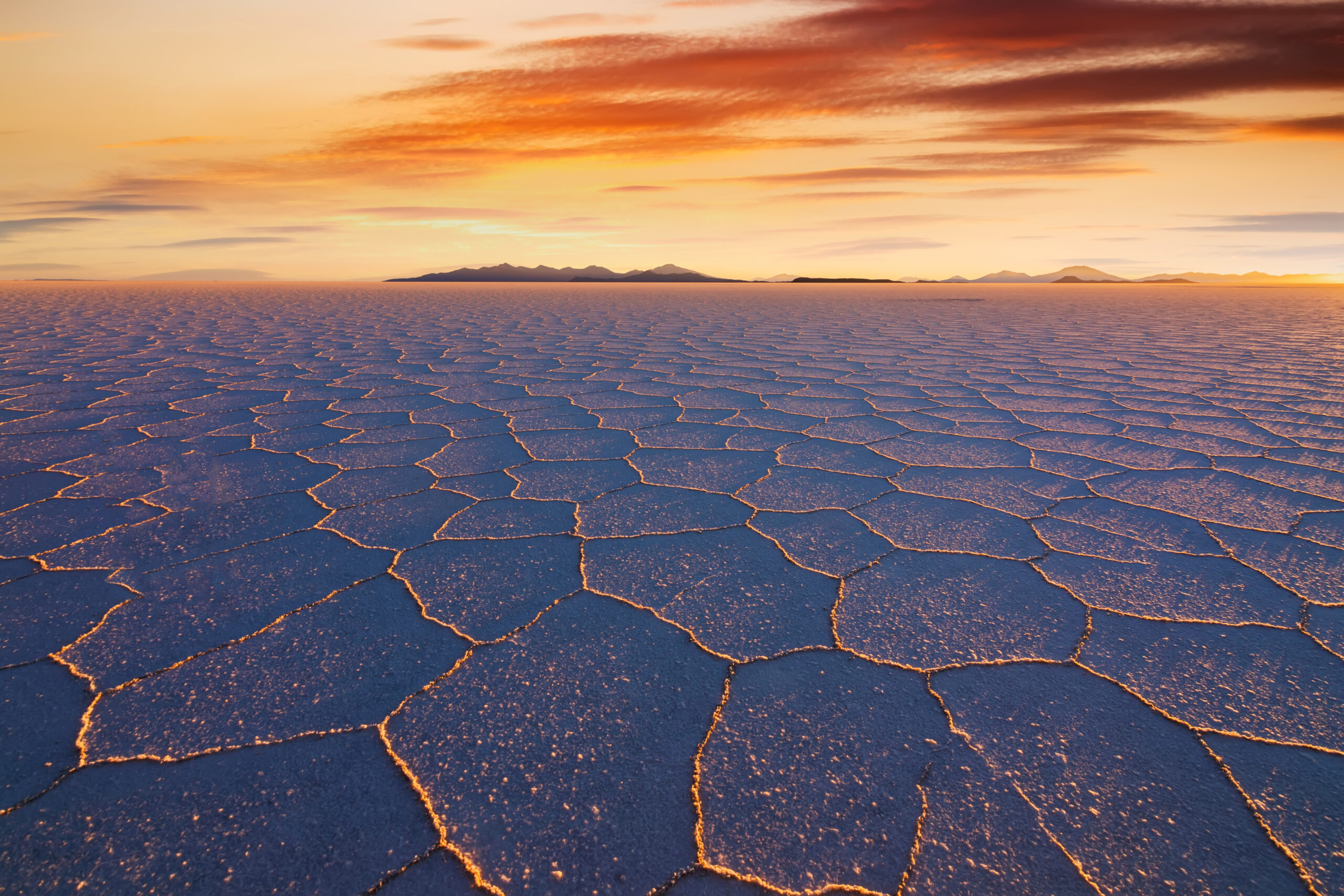The geography of Bolivia is itself a very interesting topic and we have already dedicated several posts to the most curious facts about it. This time, we would like to delve more into the topic of living in high latitudes which is an essential part of Bolivia as well as to discuss the famous salt flats of this amazing country.
Bolivia as a high-latitude country
Actually, Bolivia is not just a high-latitude country. It is the highest country located in South America and it has a mountainous landscape. The Andes Mountains are one third of entire Bolivia.
Needless to say, many of Bolivian cities and towns are located in the high altitudes as well. In fact, La Paz, which is an administrative capital of Bolivia with its position of 11,975 ft above sea level is the highest capital in the entire world!
While Bolivians are naturally adjusted to living in such highlands, as a visitor, you might feel some physical discomfort. La Paz has around two million people living under such untypical conditions.
As you can imagine, there are even more fun facts about Bolivia regarding its high position. Not only does it have the highest world’s administrative capital, but it also has the highest large city. This city is El Alto and it occupies the height of 4,150 m.
In reality, El Alto is not just a large city, it will be safe to call El Alto a metropolis as it has population of 1,184,942 people. Note that for this purpose, the definition includes all of the cities with the population over one hundred thousand people.
Now, it’s high time to learn about the peak which is actually the highest in entire Bolivia. This is Mount Sajama and its height of 6542 is indeed impressive. This peak is a part of the Cordillera Occidental system of the Andes.
Bolivian salt reserves
Bolivia has impressive salt reserves. One of the most prominent ones of them is The Salar de Uyuni which is an entire salt desert and the reserve of around 60% of the world’s lithium reserves. This is a unique natural site featured by perfect flatness and a clear sky above a huge area. These features of The Salar de Uyuni are making this place ideal for satellite’s recalibration. needless to say, this makes the place one of the most curious natural attractions in the world and an important Bolivian landmark.
By the way, if you have ever seen Utah’s Bonneville Salt Flats, you should know, The Salar de Uyuni is nearly a hundred times greater than the flats of Utah. Unsurprisingly, this beautiful place is called the Largest Mirror on Earth.
There is also nothing strange in the inspiration Bolivian are getting from this beautiful natural material. Thus, in 1995, they finished building Palacio de Sal which, as you can guess stands for Palace of Salt.
The only construction material used in Palacio de Sal is salt which was formed in the shape of building blocks. All in all, a million of such square blocks with the length of 35 cm were used for creating this unique place. All of the furniture inside was also formed from salt including the decorations such as sculptures.
There is one more place completely build of salt which is The Hotel Luna Salad.

